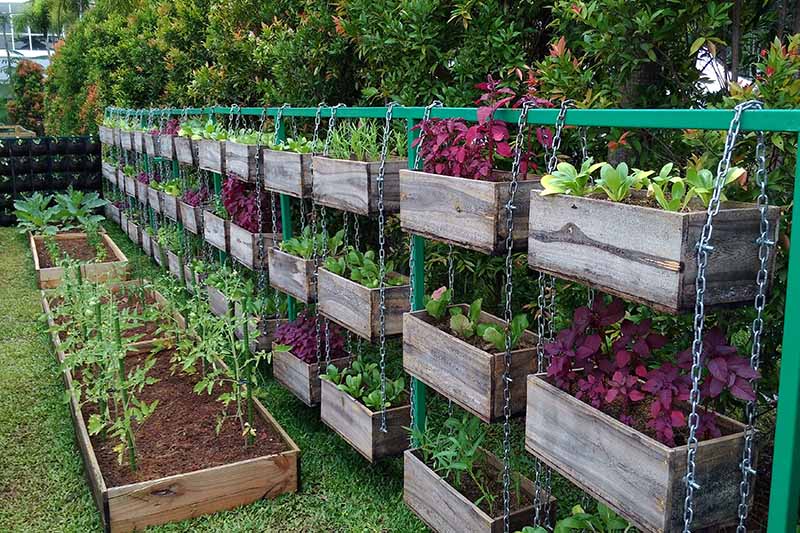Create a Bountiful Vegetable Garden with the Perfect Layout


In the world of sustainable living and self-sufficiency, few things are as satisfying as nurturing your own vegetable garden. Whether you’re a seasoned gardener or just getting started, designing the perfect layout for your vegetable garden can make all the difference in the success of your harvest. Let’s delve into some key considerations for creating a thriving vegetable garden layout that yields bountiful produce year after year.
Choosing the Right Location
The first step in designing your vegetable garden layout is selecting the ideal location. Most vegetables require ample sunlight, so opt for a spot in your yard that receives at least six to eight hours of sunlight per day. Additionally, ensure that the area has good drainage to prevent waterlogging, which can lead to root rot and other issues.
Planning Your Garden Beds
Once you’ve identified the perfect location, it’s time to plan your garden beds. Raised beds are a popular choice for vegetable gardens, as they provide good drainage and can be easily customized to suit your needs. Consider the size and shape of your beds, leaving enough space between them for walking and working. You can use materials like wood, bricks, or even recycled materials to construct your beds.
Companion Planting Strategies
Companion planting involves placing certain plants together to enhance growth, repel pests, and improve flavor. Research companion planting strategies to maximize the health and productivity of your vegetable garden. For example, planting marigolds alongside tomatoes can help deter pests, while growing basil near tomatoes can improve their flavor.
Utilizing Vertical Space
Don’t forget to make use of vertical space in your vegetable garden layout. Trellises, arbors, and stakes can be used to support vining plants like tomatoes, cucumbers, and peas, allowing you to maximize your growing area. Vertical gardening not only saves space but also makes harvesting and maintenance easier.
Incorporating Pathways and Access Points
Be sure to include pathways and access points in your vegetable garden layout to make it easy to navigate and care for your plants. Pathways can be made from materials like gravel, mulch, or stepping stones. Leave enough space between beds for wheelbarrows or garden carts, making it convenient to transport tools, soil, and harvested produce.
Creating a Watering System
Proper watering is essential for the health of your vegetable garden. Consider installing a drip irrigation system or soaker hoses to ensure consistent moisture levels without wasting water. Mulching around your plants can also help retain moisture and suppress weeds, reducing the need for frequent watering and maintenance.
Implementing Sustainable Practices
To create a truly sustainable vegetable garden, incorporate eco-friendly practices into your layout. Use organic soil amendments and fertilizers, avoid synthetic pesticides and herbicides, and consider composting kitchen scraps and garden waste to enrich your soil naturally. By nurturing the health of your garden ecosystem, you’ll enjoy healthier plants and tastier produce.
Continual Maintenance and Care
Finally, remember that maintaining a vegetable garden is an ongoing commitment. Regular weeding, pruning, and pest management are essential tasks to keep your garden healthy and productive. Take the time to observe your plants regularly, addressing any issues promptly to prevent them from escalating.
By following these guidelines and tailoring them to suit your specific climate, soil conditions, and preferences, you can create a vegetable garden layout that not only looks beautiful but also yields a plentiful harvest season after season. So roll up your sleeves, dig in the dirt, and enjoy the rewards of growing your own delicious and nutritious vegetables.
To further assist you in planning your vegetable garden layout, check out this informative guide on vegetable garden layouts at guestpostbro.com.





